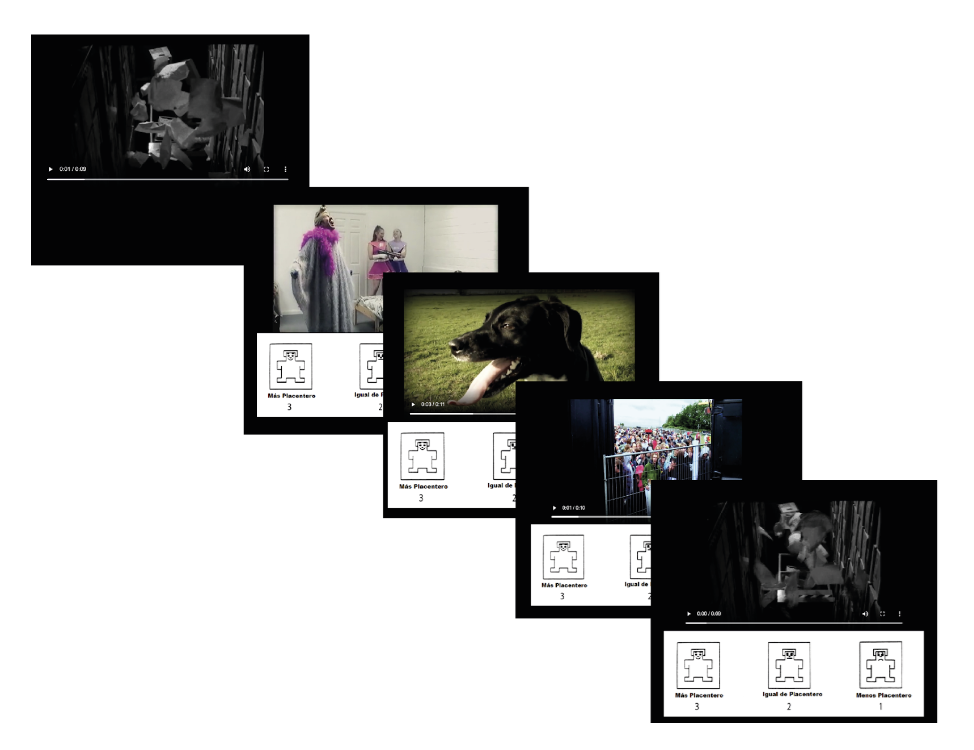Is Better with Ranks! Ordinal vs. Dimensional Self-Report Approaches in ASD Population
The project aims to improve our understanding of affective experiences in people with ASD, a challenge compounded by comorbid conditions such as alexithymia that affect emotional recognition abilities. Previous studies using categorical and dimensional self-report models have produced inconsistent findings about affective experiences in this population. Our study introduces an innovative approach by comparing the inter-rater reliability of an emerging ordinal self-report technique with a dimensional self-report method based on the Self-Assessment Manikin (SAM) in both ASD and neurotypical (NT) individuals.
This study aims to examine the efficacy of relative (ordinal) measures versus absolute (dimensional) measures of emotional self-report in ASD and NT individuals. We hypothesise that the reliability of emotional self-reports in ASD and NT individuals will be higher using an ordinal model of relative measures compared to a dimensional model of absolute measures.

Fig. 1. Ordinal self-report procedure. Participants were presented with an initial stimulus without a self-report scale, and after this initial stimulus, the 25 stimuli and their corresponding self-ratings were presented. After each stimulus, the person was asked to compare whether he/she felt ‘less’, ‘the same’ or ‘more’ pleasant/excited than after viewing the previous stimulus.
Our analysis includes assessing the reliability of ordinal self-reports using Krippendorff’s alpha coefficient, which estimates interobserver agreement for ratings that can be numbers, ranges, categories, or rankings.
Notably, ordinal self-report measures were more reliable than dimensional measures in individuals with ASD for both valence and arousal dimensions, suggesting that ordinal self-report may be a more accessible form of subjective reporting for the ASD population.
This pilot study provides initial evidence that ordinal self-report may provide a more nuanced understanding of affective experiences in people with ASD. Should these findings be replicated in further studies, ordinal self-report instruments may be key to establishing a clearer consensus in the literature on affective phenomena in ASD, with potential implications for both diagnosis and identification of emotional experience differences and needs in this population.
